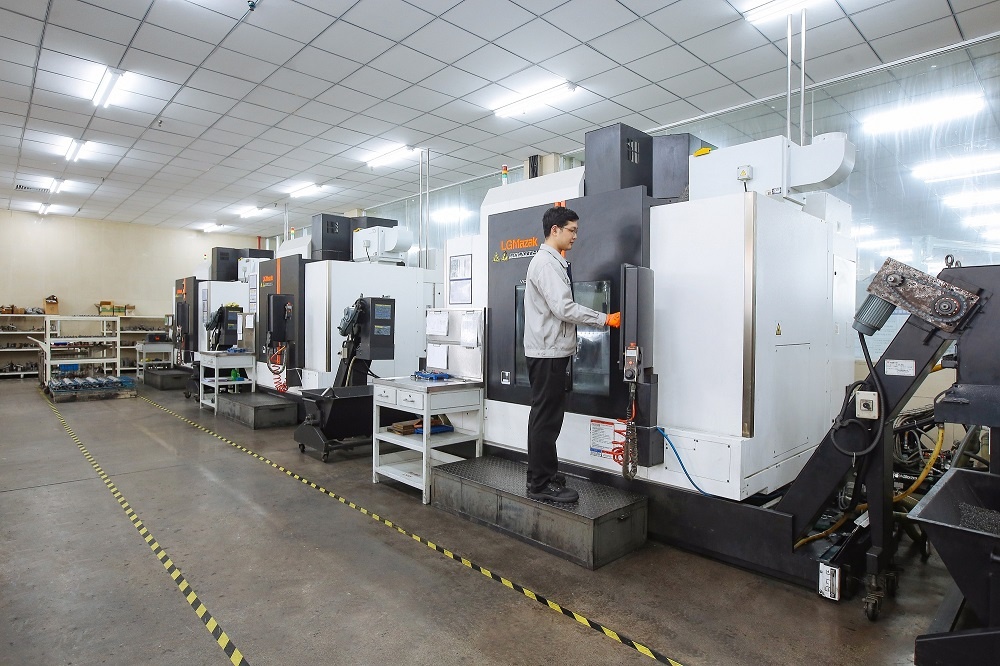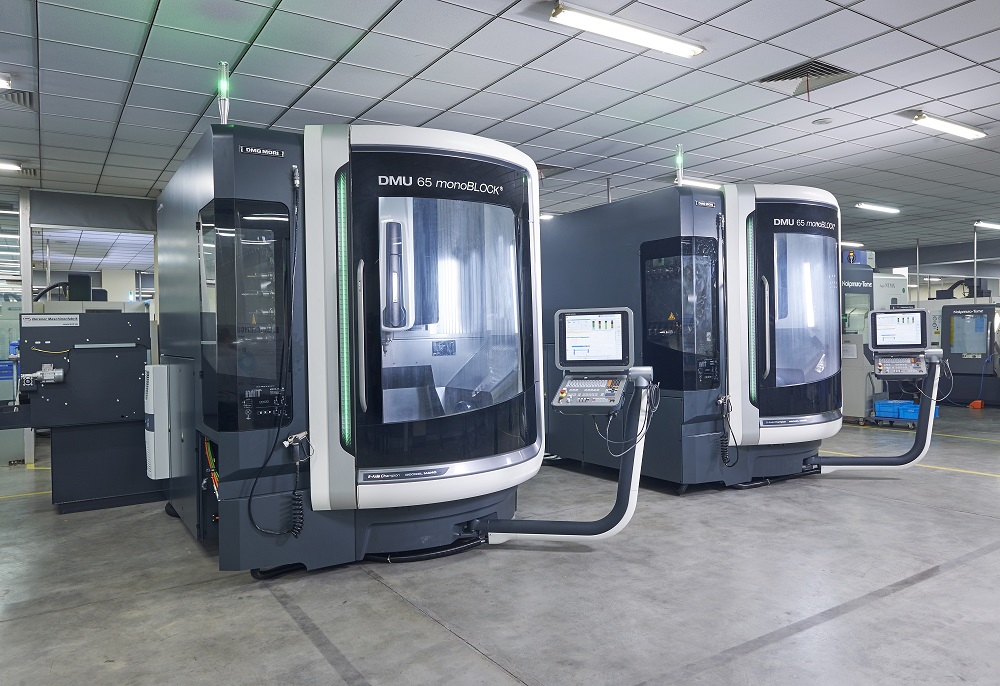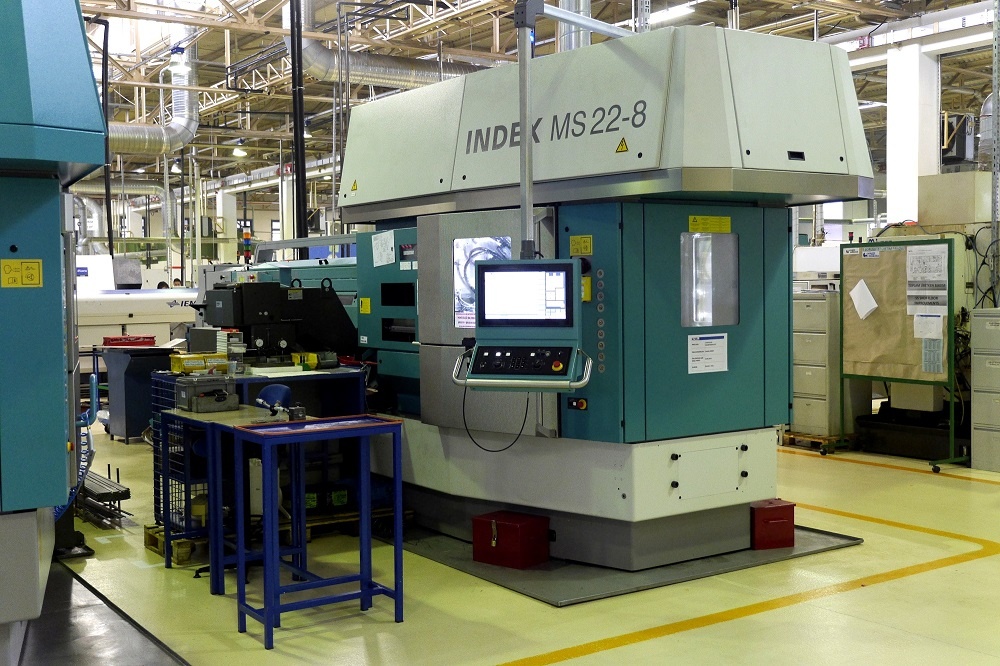What Does Axis Mean for CNC Precision Machines?
Computer numerical control (CNC) machines are used in precision machining processes to create parts. They are a form of subtractive manufacturing where materials from the base metal are cut away until the shape of the part forms. It is a milling technique where the metal is fed into the machine as rotary blades cut away at the workpiece.
When talking about CNC precision machines, customers often hear the words, “3-axis, 4-axis, and 5-axis.” Yet what do these terms mean for CNC machines? Let’s go over what axes refers to in CNC machining and why it is important to have the right machine for the project.
Axes Points
Axes points on a CNC machine refer to the number of ways that the milling technique can shape the workpiece. There are typically three axes that the machine works along an XYZ plane: X-axis, Y-axis, and Z-axis. The X-axis represents the vertical axis. The Y-axis represents the horizontal axis. The Z-axis represents the depth.
For a CNC machine, the spindle will be able to move up and down, side to side, and back-and-forth while the workpiece does not move on the table. These three specific movements make up a 3-axis CNC machine. The cutting tool on the spindle will move along these three axes (XYZ) to remove the materials from the workpiece.
3-Axis Machine
A 3-axis machine is the most common milling machine that is still used extensively today. It is suitable for workpieces that do not have to move in a different position to remove the metal materials and for parts that do not require a lot of detail or depth. Common functions for 3-axis CNC milling machines are milling slots, created sharp edges and drilling holes.
4-Axis Machine
You may also hear about a 4-axis CNC machine. A 4-axis machine runs the same on the three axes: up and down, side to side, and back and forth. Yet it also rotates along the X-axis, called an A-axis. The workpiece itself is rotated as this movement allows the rotary blades to cut the part along the B-axis. The machine can also automatically flip over the part so the cutting tools can work on both sides.
A 4-axis machine is suitable for cut-outs or holes that need to be created along the side of the workpiece. A 4-axis machine also can perform engravings and continuous cutting.

5-Axis Machine
Like a 3-axis machine, a 5-axis CNC machine can move the spindle along the XYZ plane. Yet for this particular type of machine, the orientation of the workpiece or the orientation of the table or spindle may also move along two of these three axes. There may be rotation around the X-axis (A-axis) around the Y-axis (B-axis) or around the Z-axis (C-axis). This movement allows the workpiece to be cut on 5 sides at one time.
A 5-axis machine may be used for intricate and precise parts, such as those used in the automobile or medical industries, or for complex parts commonly for aerospace applications. This CNC machine offers increased accuracy along with higher quality finishes.

7-Axis Machine
A 7-axis CNC machine may also be called a machining center. It works much like a 5-axis machine where the spindle moves across the XYZ plane and has 2 additional axes that involves moving the workpiece, table, or spindle. There is rotation around the X-axis (A-axis), Y-axis (B-axis) and Z(axis). The final rotation involves the twisting of the E-axis, which consists of the arm of the spindle. Like 5-axis machines, a 7-axis machine performs milling and lathe work to the workpiece.
A 7-axis machine is highly efficient when creating complex parts that are longer and slender. These machines are often used for manufacturing military and aerospace components.

For more information regarding CNC milling machines for your next project, contact Impro.